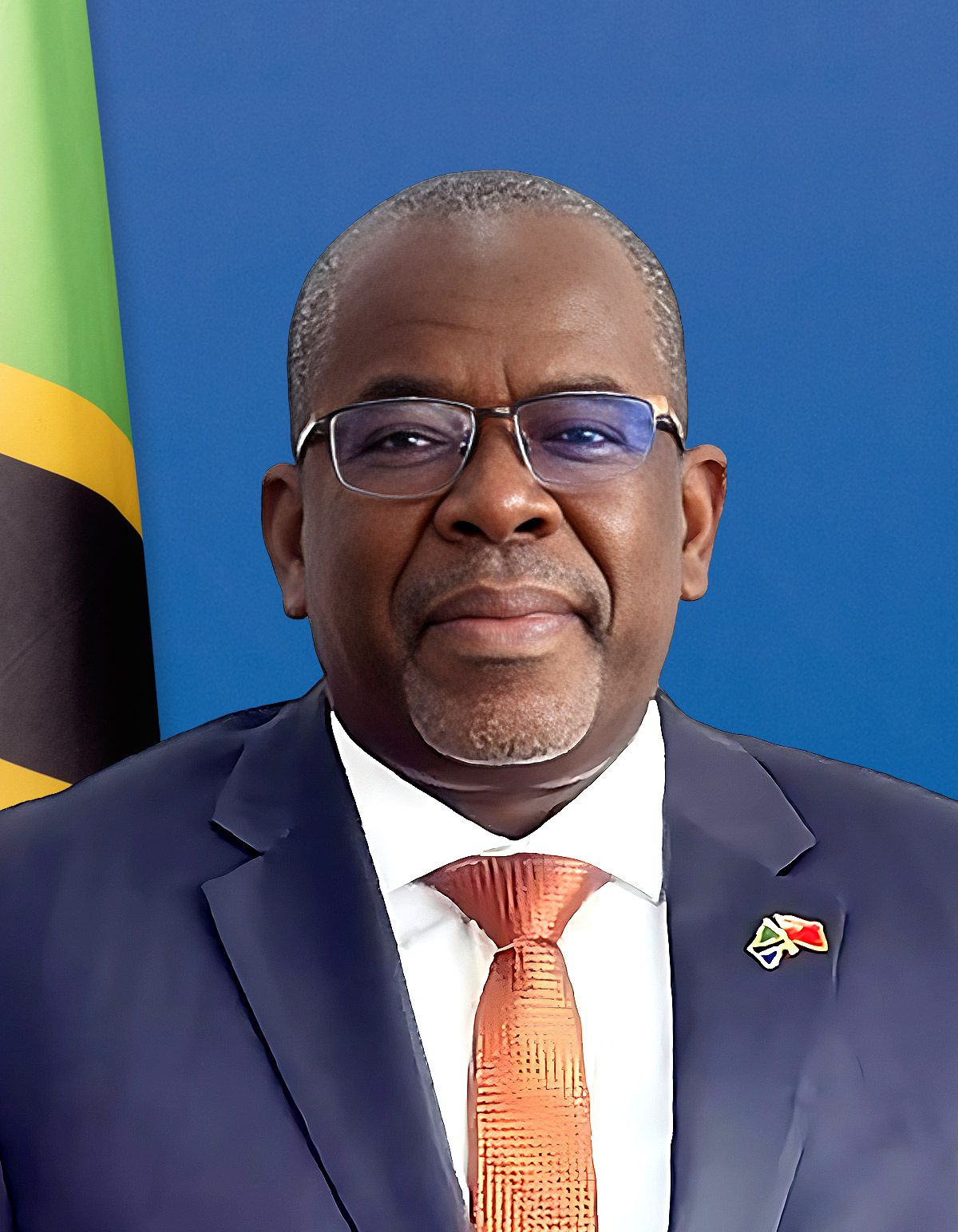Sudan’s New SDG 2,000 Note Triggers Policy Credibility Debate


Quidah is an online platform that connects investors with curated opportunities and expert insights on Africa’s emerging markets, while offering businesses promotional services, partnership facilitation, and market intelligence to attract capital and grow their operations.
Industries
Sudan’s central bank has announced a new SDG 2,000 banknote and an updated SDG 500 note, framing the move as a bid to protect the currency and stabilize the economy under its legal mandate. Financial analyst Ahmed Ben Omar argues the decision signals a contradictory policy mix—monetary expansion via higher cash issuance, coupled with administrative tightening to police the parallel market and cash outside banks. The rollout lands amid war‑driven economic damage, mounting inflation pressures, and a volatile exchange rate.
The Central Bank of Sudan (CBoS) says the new notes are issued under the 2002 law and its amendments to safeguard the currency and steady the exchange rate. Ben Omar links the timing to the appointment of Governor Amna Mirghani, contending the step reflects simultaneous expansion and clampdown—printing to meet fiscal gaps while tightening oversight of informal cash flows.
He describes an inherent tension between squeezing liquidity and targeting the exchange rate without robust market tools such as open‑market operations. In the near term, he expects the larger denomination to lift the velocity of money and push prices higher, even as it reduces operational strain by lowering demand for smaller notes.
Ben Omar warns the move risks stoking inflation expectations, turning the measure into an expansionary signal rather than reform. He adds that any issuance unbacked by production or reserves increases money supply and pressures the pound, a risk worsened by the central bank’s retreat from gold purchases as a liquidity sink.
Potential upside exists if authorities capture export proceeds from gold, sesame, and livestock through official channels, which could bolster reserves and support the pound. Success hinges on strict execution; leakages outside the banking system would blunt policy impact and keep the parallel market in charge of pricing.
The macro backdrop is stark. Former finance minister Ibrahim El Badawi has tallied war‑related losses in the hundreds of billions of dollars, with severe damage to infrastructure and output. Ben Omar notes sharp exchange‑rate depreciation this year across both official and parallel markets, even as the gap persists; since mid‑April 2023, the pound’s slide has been dramatic. Liquidity curbs have curbed some domestic speculation, yet the market remains highly sensitive to military shocks.
The World Bank estimates the economy shrank a further 13.5% in 2024 after a deep contraction the year before, with extreme poverty affecting roughly seven in ten people. It does not expect GDP to regain pre‑conflict levels before 2031, citing collapse in key productive sectors, notably agriculture, disrupted trade routes, and financing constraints. Unemployment has surged alongside poverty, reflecting widespread business closures and uncertainty.
For businesses, investors, and lenders, the larger‑denomination note points to higher near‑term inflation risk, FX volatility, and fragmented liquidity conditions. Opportunity lies in formalizing export receipts, digitizing payments to reduce cash leakages, and building compliant commodity‑export channels that strengthen reserves and dampen parallel‑market power. Firms should prioritize currency hedging, treasury centralization, and inventory discipline, while monitoring any reactivation of market‑based tools and clearer signaling on gold operations.
Policy credibility now rests on rigorous implementation, transparency over issuance, tighter control of export proceeds, and the restoration of effective liquidity‑management instruments. Absent these, the pound’s path will likely remain hostage to conflict dynamics and the parallel market; with them, Sudan can begin rebuilding the anchors of monetary stability.


